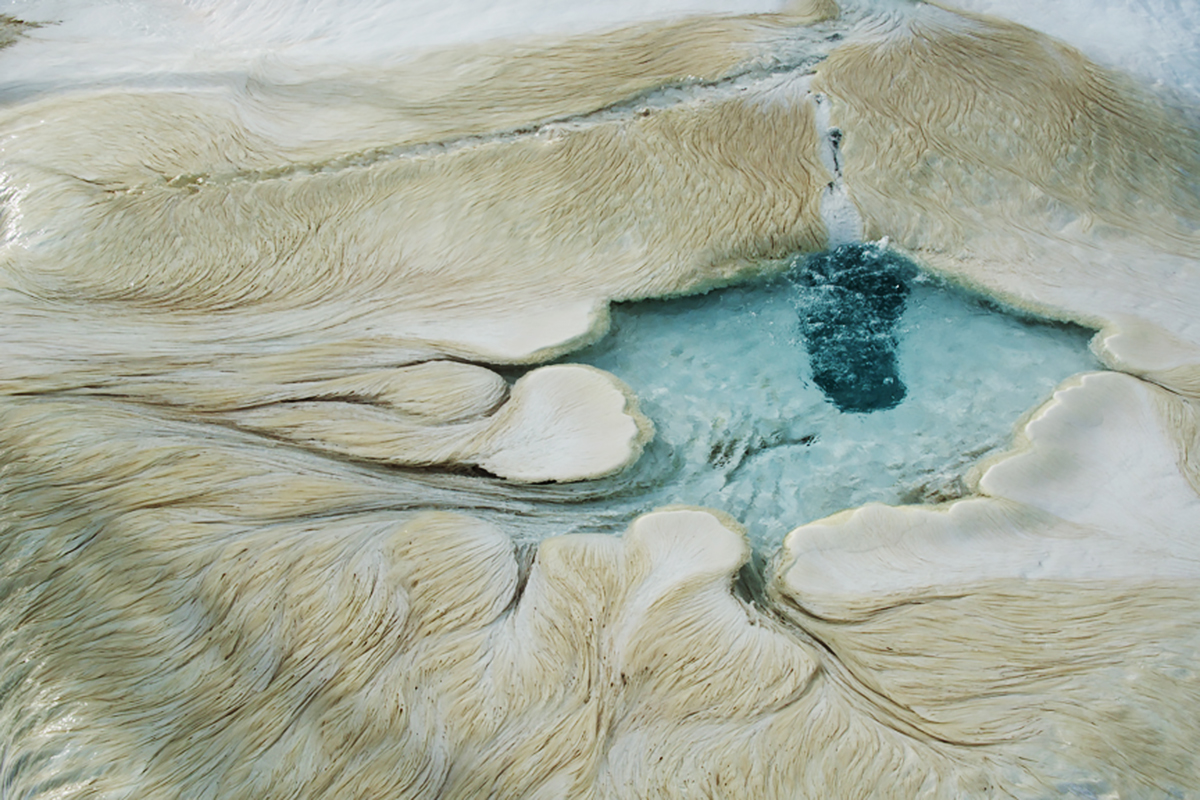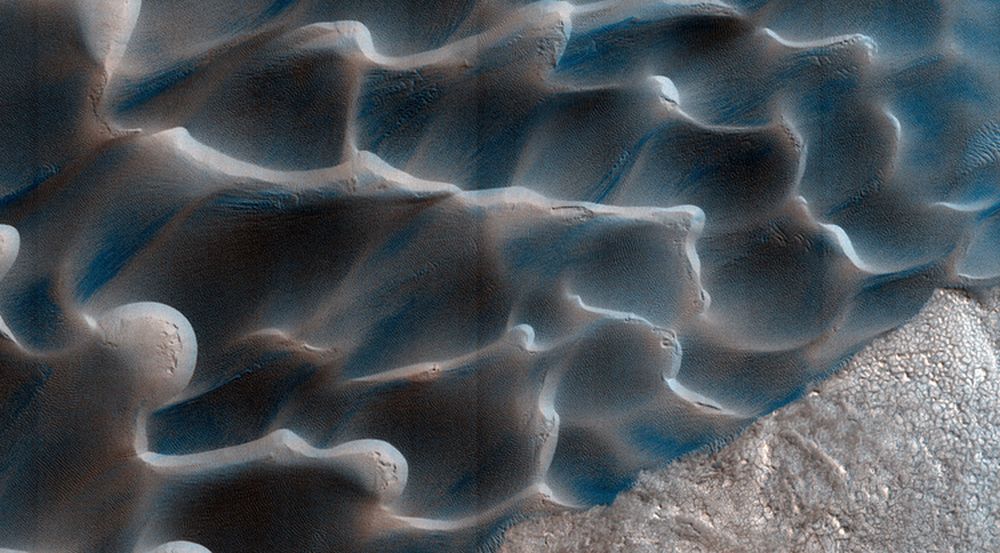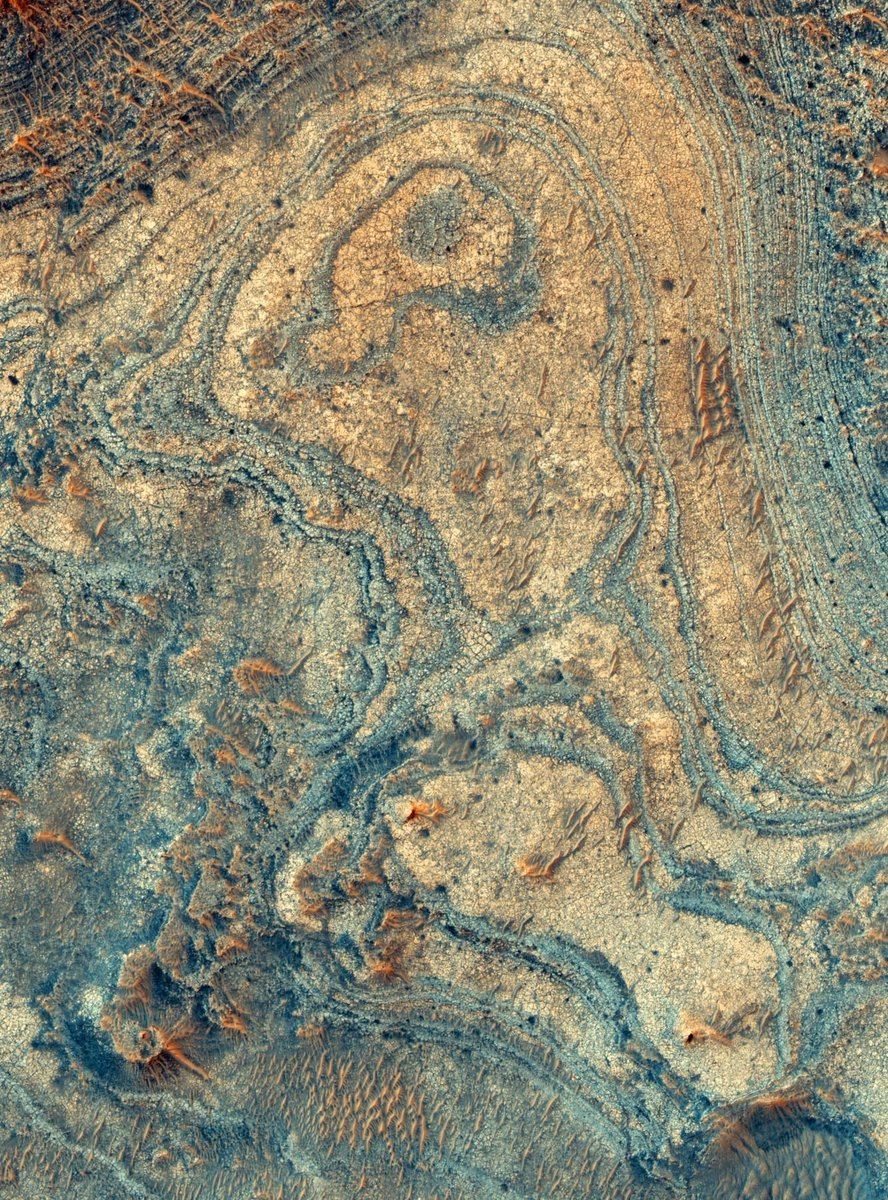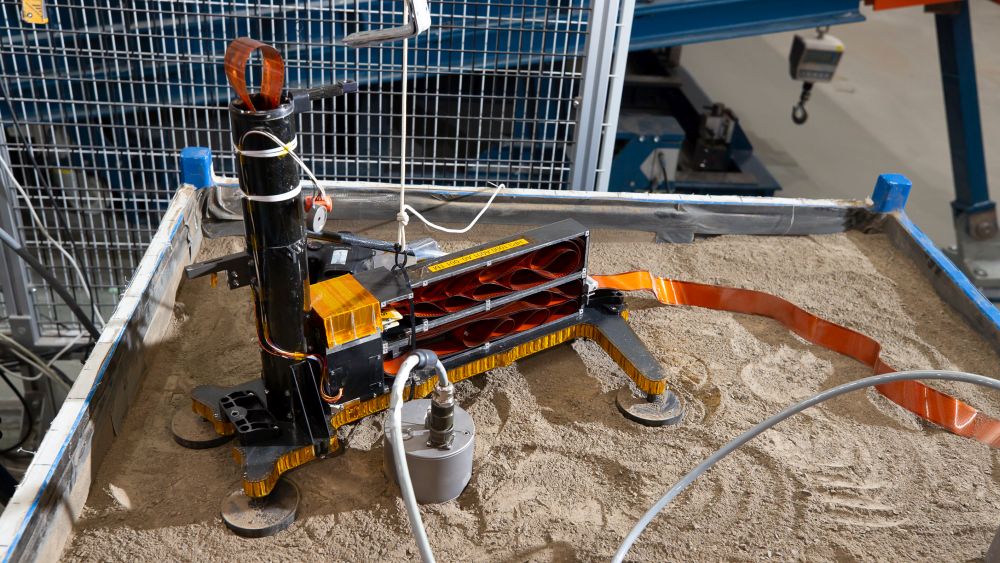According to a new NASA-funded study that appeared in Astrobiology, the next missions to Mars should be on the lookout for rocks that look like “fettuccine”. The reason for this, according to the research team, is that the formation of these types of rocks is controlled by a form of ancient and hardy bacteria here on Earth that are able to thrive in conditions similar to what Mars experiences today.
Continue reading “Rovers on Mars should be searching for rocks that look like pasta – they’re almost certainly created by life”Curiosity has Found the Mother Lode of Clay on the Surface of Mars
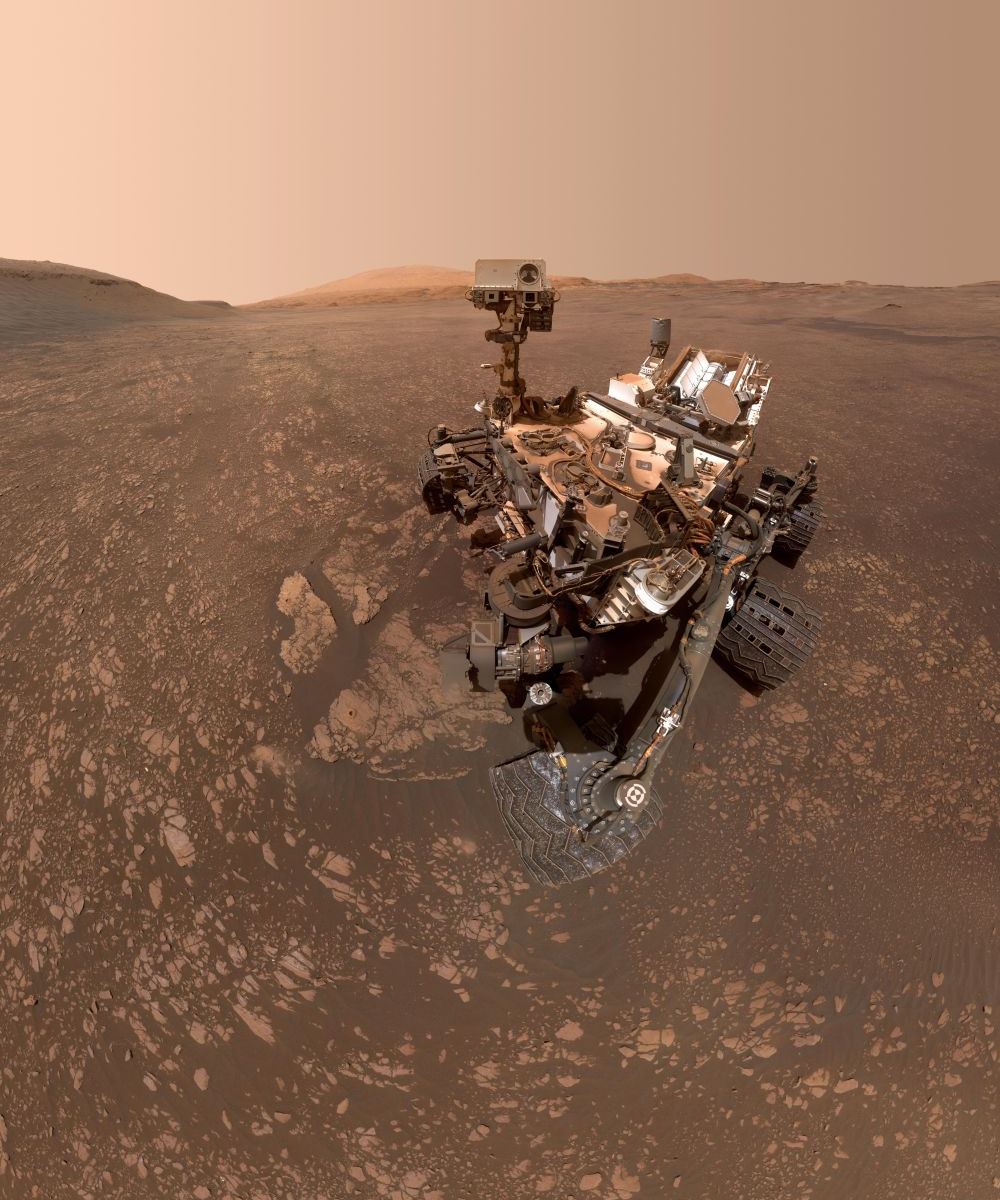
Clay is a big deal on Mars because it often forms in contact with water. Find clay, and you’ve usually found evidence of water. And the nature, history, and current water budget on Mars are all important to understanding that planet, and if it ever supported life.
Continue reading “Curiosity has Found the Mother Lode of Clay on the Surface of Mars”This is Where Mars 2020 Rover is Heading. From this Picture, I Think You Can Guess Why
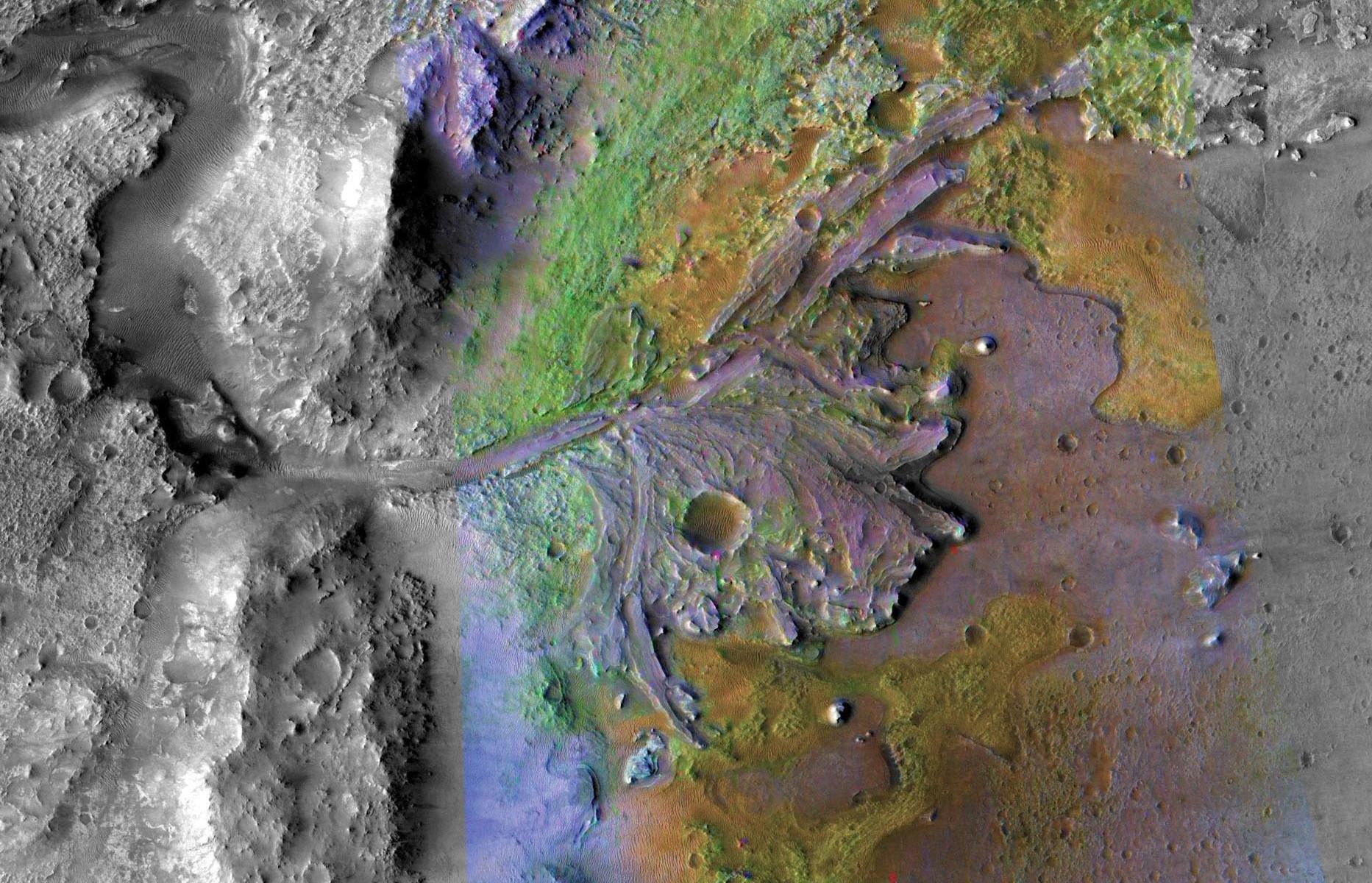
Get used to hearing the name “Jezero Crater.” It’s the landing site for NASA’s Mars 2020 rover. The 2020 rover is slated to launch in July 2020, and will land at Jezero Crater in February, 2021.
It’s pretty easy to see why NASA chose Jezero Crater for the next rover in their Mars Exploration Program (MEP). MEP is NASA’s long-term plan to explore Mars robotically. It includes rovers like Spirit, Opportunity, and MSL, the InSight Lander, orbiting spacecraft, and soon the 2020 rover.
Continue reading “This is Where Mars 2020 Rover is Heading. From this Picture, I Think You Can Guess Why”Different Conditions From Earth Drive the Movement of Sand Dunes on Mars
Mars is a sandy planet and the HiRISE camera on the Mars Reconnaissance Orbiter (MRO) has given us tons of beautiful pictures of Martian sand dunes. But Mars’ dunes are much different than dunes here on Earth. Their movement is governed by different factors than Earth dunes.
Continue reading “Different Conditions From Earth Drive the Movement of Sand Dunes on Mars”This Strange Feature on Mars was Probably the Result of an Ancient Volcanic Explosion
A strange feature on the surface of Mars has kept scientists guessing about its origin. It’s a surface deposit of a mineral which is more common in the interiors of planets. A new study shows that this interior mineral was probably brought to the surface by an ancient explosive volcano.
Continue reading “This Strange Feature on Mars was Probably the Result of an Ancient Volcanic Explosion”Don’t Forget, Curiosity’s Sister Rover is Flying to Mars in 2020
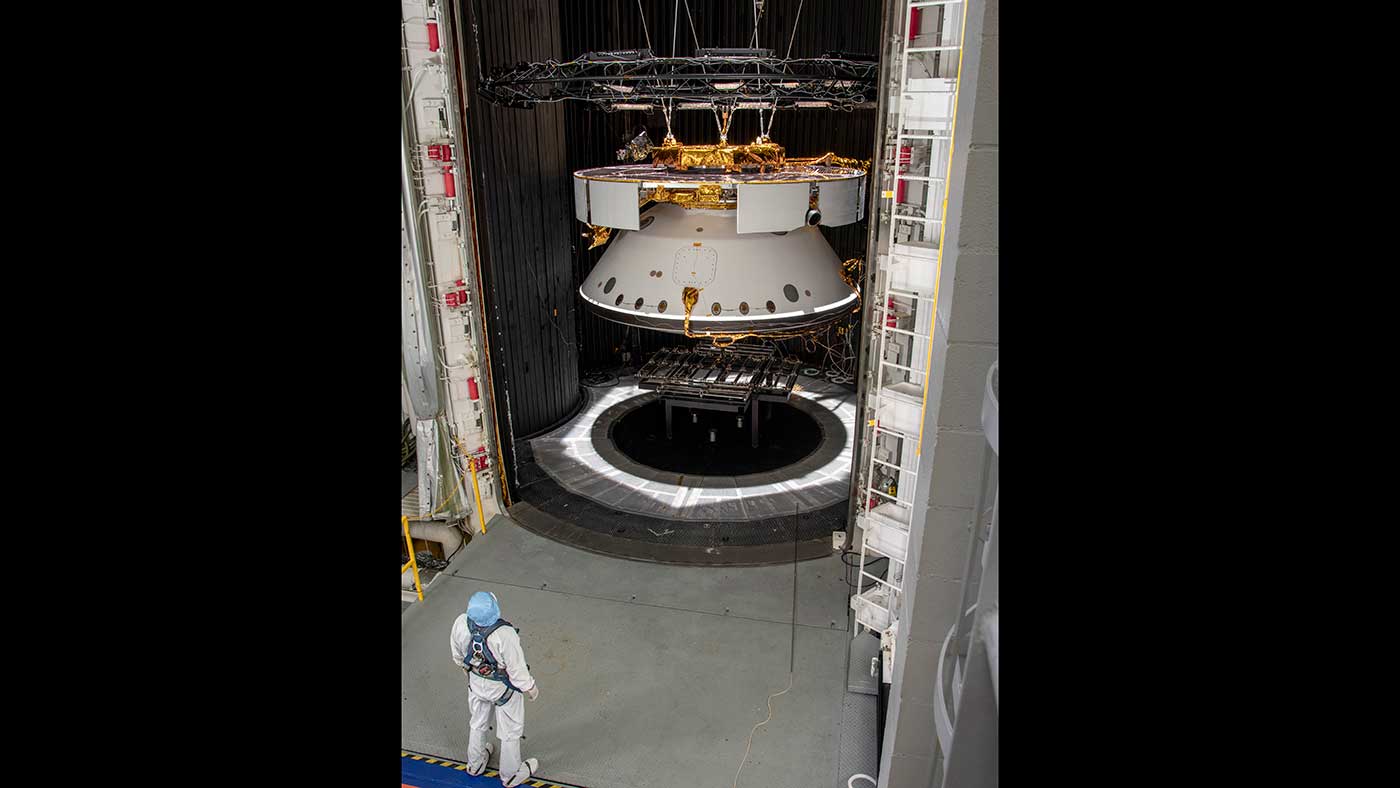
Next summer, NASA will be sending it’s Mars 2020 rover to the Red Planet. In addition to being the second rover to go as part of the Mars Exploration Program, it will be one of eight functioning missions exploring the atmosphere and surface of the planet. These include the recently-arrived InSight lander, the Curiosity rover – Mars 2020s sister-mission – and
the Opportunity rover (which NASA recently lost contact with and retired).
As the launch date gets closer and closer, NASA is busily making all the final preparations for this latest member of the Mars exploration team. In addition to selecting a name (which will be selected from an essay contest), this includes finalizing the spacecraft that will take the rover on its seven-month journey to Mars. Recently, NASA posted images of the spacecraft being inspected at NASA JPL’s Space Simulator Facility (SFF) in Pasadena, California.
Continue reading “Don’t Forget, Curiosity’s Sister Rover is Flying to Mars in 2020”The Global Dust Storm that Ended Opportunity Helped Teach us how Mars Lost its Water
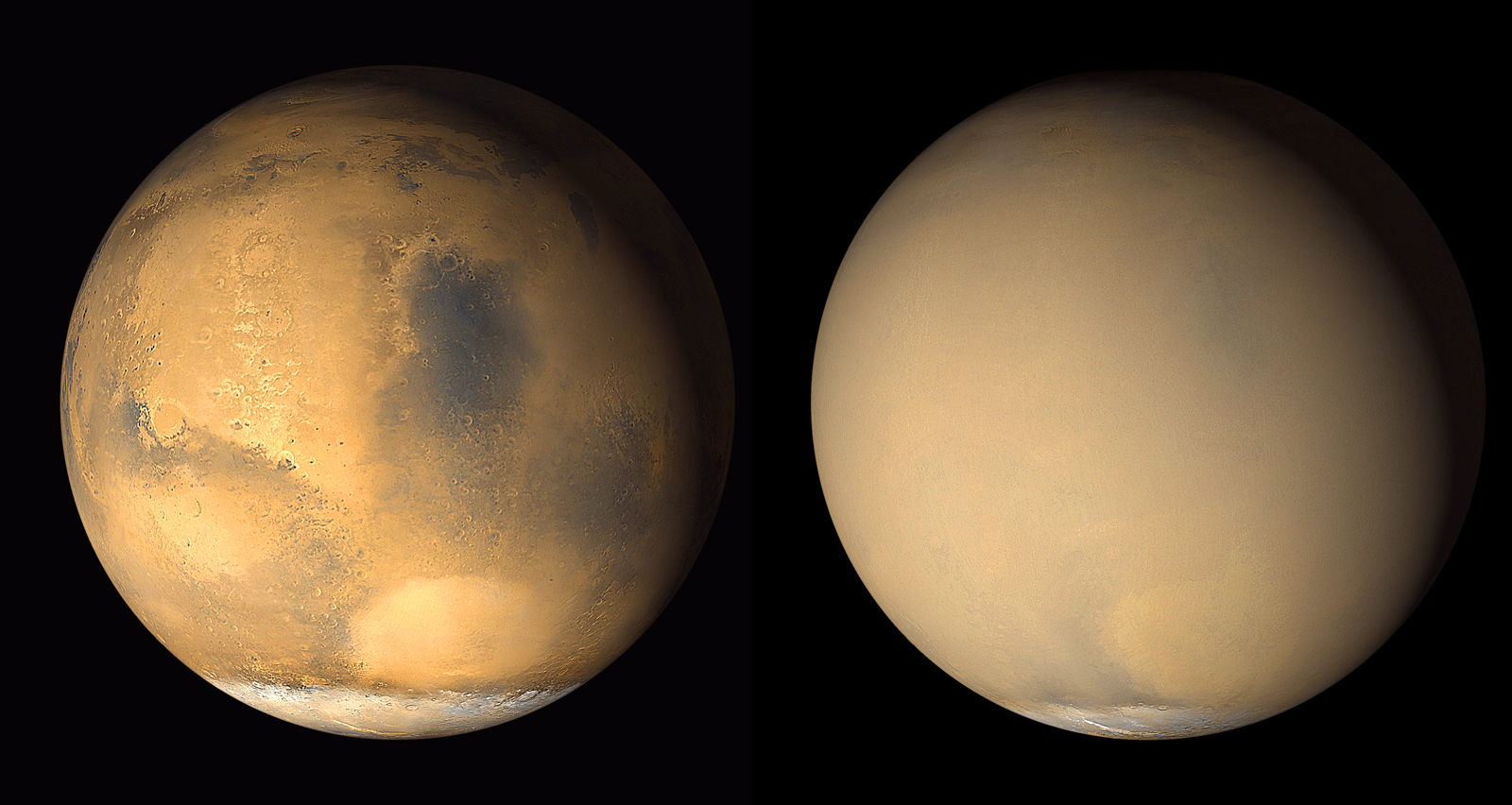
The enduring, and maybe endearing, mystery around Mars is what happened to its water? We can say with near-certainty now, thanks to the squad of Mars rovers and orbiters, that Mars was once much wetter. In fact that planet may have had an ocean that covered a third of the surface. But what happened to it all?
As it turns out, the global dust storms that envelop Mars, and in particular the most recent one that felled the Opportunity rover, may offer an explanation.
Continue reading “The Global Dust Storm that Ended Opportunity Helped Teach us how Mars Lost its Water”Curiosity has Finally Sampled a Clay-Rich Region on Mars
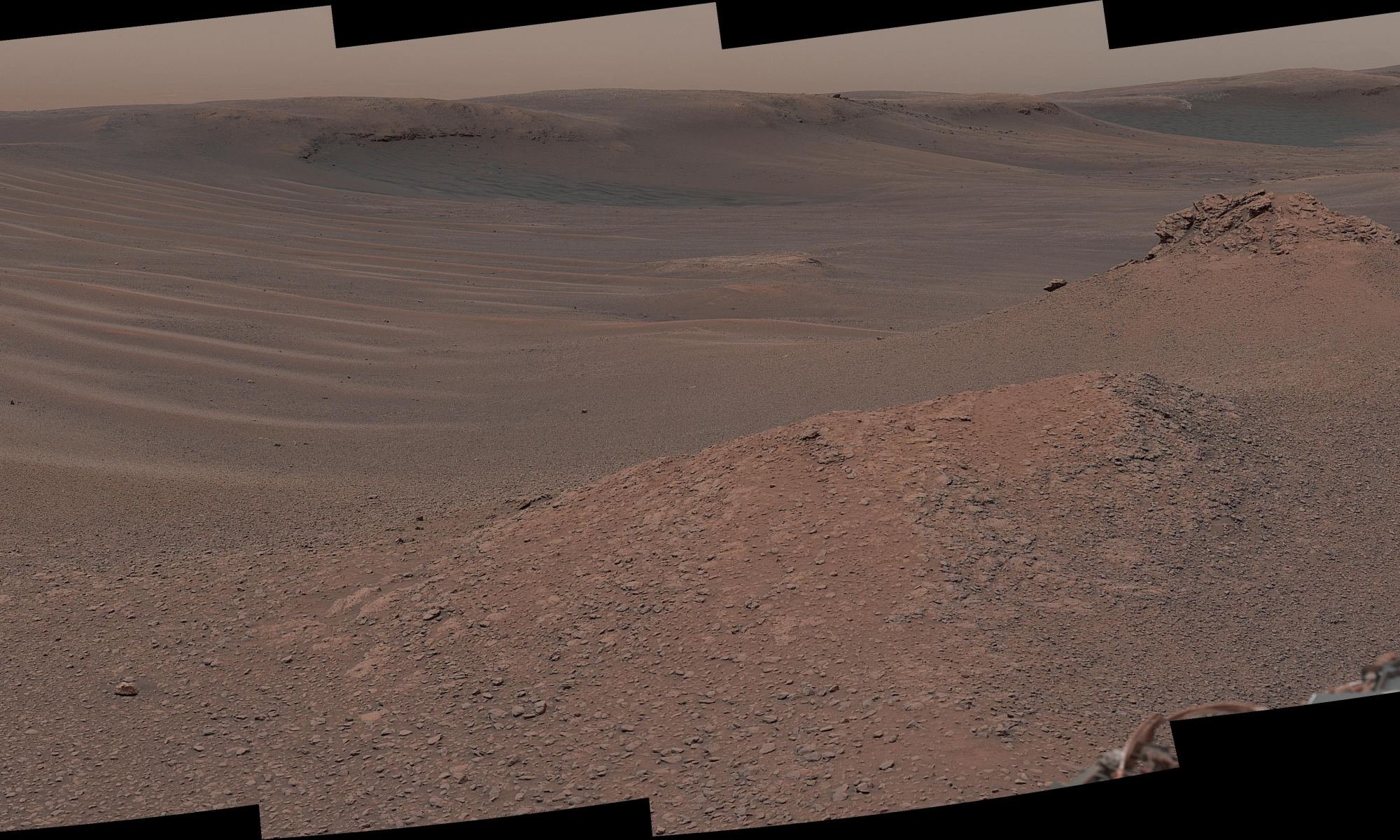
It’s hard to believe that MSL Curiosity has been on Mars for almost seven years. But it has, and during that time, the rover has explored Gale Crater and Mt. Sharp, the central peak inside the crater. And while it has used its drill multiple times to take rock samples, this is the first sample it’s gathered from the so-called ‘clay unit.’
Continue reading “Curiosity has Finally Sampled a Clay-Rich Region on Mars”Scientists are Trying to Figure Out Why InSight’s “Mole” Can’t Dig Any Deeper
Engineers at the German Aerospace Center (Deutsches Zentrum für Luft- und Raumfahrt; DLR) are busy working with a replica InSight Lander to see if they can understand what’s blocking the lander’s mole.
The mole is the short name for the lander’s Heat Probe, which is hammering its way into the Martian surface. The Heat Probe is actually called the HP3, or Heat and Physical Properties Package. It’s designed to work it’s way as far as 5 meters (16.4 ft.) into the soil, where it will measure the heat flowing from the interior of the planet. Those measurements will tell scientists a lot about the structure of Mars, and how rocky planets formed.
But as reported last month, the probe is being blocked at about 30 cm (1 ft.)
Continue reading “Scientists are Trying to Figure Out Why InSight’s “Mole” Can’t Dig Any Deeper”Two Solar Eclipses Seen From the Surface of Mars by Curiosity

Ever since the Curiosity rover landed on Mars in 2012, it has provided NASA scientists with invaluable data about the planet’s past, as well as some breathtaking images of the planet’s surface. Much like its predecessors, the Spirit and Opportunity rover, many of these images have shown what it is like to look up at the sky from the surface of Mars and witness celestial events.
Of these events, one of the most intriguing has to be the many Martian solar eclipses that have taken place since the rover’s landed. Last month, the Curiosity rover witnessed two eclipses as the moons of Phobos and Deimos both passed in front of the Sun. These latest eclipses will allow scientists to fine-tune their predictions about Mars’ satellites and how they orbit the Red Planet.
Continue reading “Two Solar Eclipses Seen From the Surface of Mars by Curiosity”
